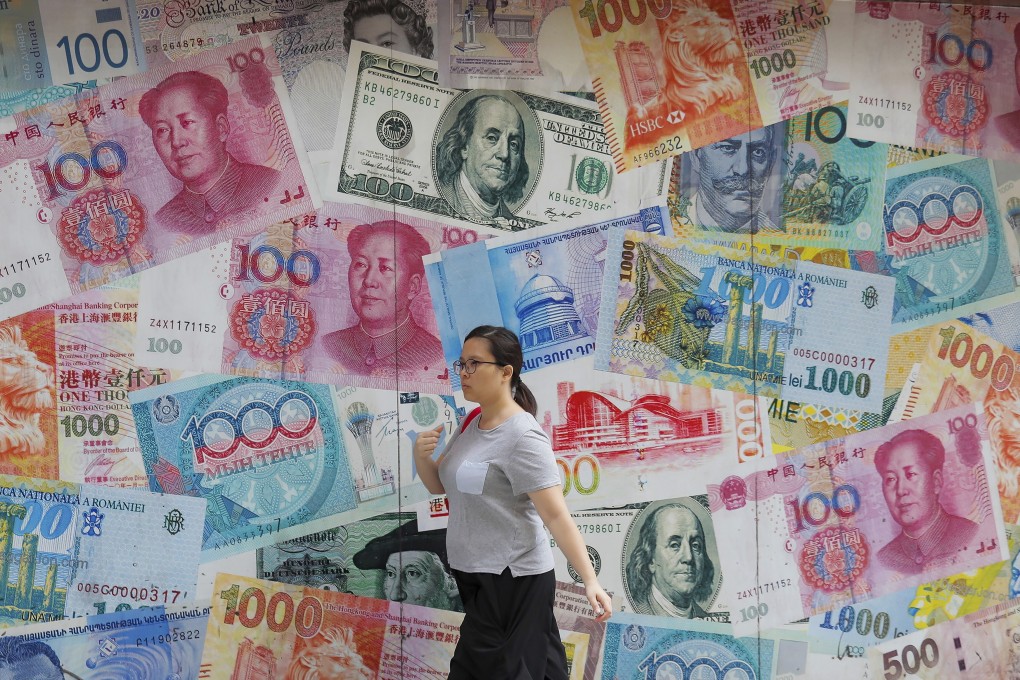Letters | The RCEP is missing one element: a road map for an Asian dollar

The formation of the RCEP, the world’s largest free-trade deal, is timely as countries in the Asia-Pacific acknowledge the significance of economic interdependence. Hopefully, the RCEP will serve not just members of the region but also benefit countries elsewhere.
More importantly, the new organisation comes as countries all over the world seek a constant, steady and uninterrupted supply chain improved by the advantages of geopolitical proximity. With the RCEP, member countries can significantly reduce their transport costs and carbon emissions.

03:29
RCEP: 15 Asia-Pacific countries sign world’s largest free-trade deal
But I believe the RCEP is missing a piece of the puzzle: it should also create a road map for the creation of a single currency for the region – the Asian dollar.